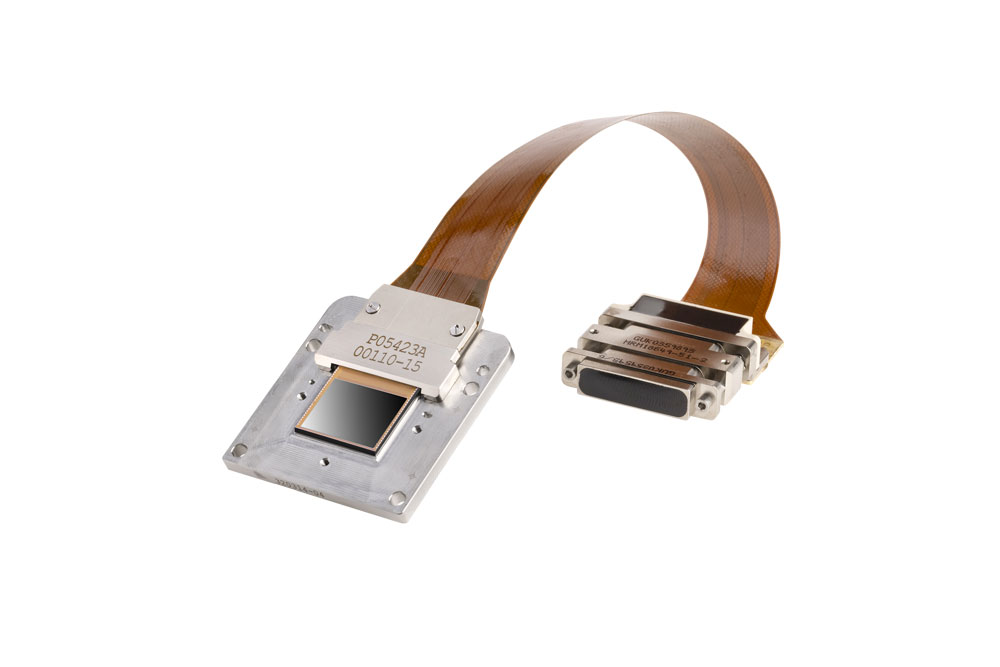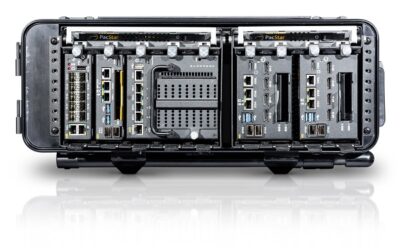10-Member EU Consortium to Produce Strategic Electronics
Lynred announced the launch of HEROIC (for High Efficiency Read-Out Integrated Circuit) on 10 January – a 10-member consortium, led by Lynred, that aims to produce strategic electronics for next-generation IR Sensors under an €18 million (US$19.3 million) European Defence Fund project.
The four-year project is the first to see EU IR solutions manufacturers jointly acquire access to advanced CMOS technology to design new IR sensors, and seeks to achieve European sovereignty in producing high-performance IR sensors for future defence systems
Consortium members include three IR manufacturers: AIM (Germany), Lynred (France), and Xenics (Belgium); four system integrators: Indra (Spain), Miltech Hellas (Greece), Kongsberg (Norway) and PCO S.A. (Poland); a component provider: Ideas, an IC developer (Norway), as well as two research institutions CEA-Leti (France), and the University of Seville (Spain). “This project represents the first phase for European IR manufacturers to gain access to a superior CMOS technology compatible with various IR detectors and 2D/3D architectures and, equally importantly, make it available within a robust EU supply chain,” explained David Billon-Lanfrey, Chief Strategy Officer at Lynred.
Acquiring the latest advanced CMOS technology with a node that no consortium partner has had an opportunity to access is pivotal to the sustainable design of a next-generation Read-Out Integrated Circuit (ROIC). Its commonly-specified platform will allow each consortium partner to pursue its respective technological roadmap and more effectively meet the higher performance expectations of post-2030 defence systems. “The HEROIC project will enable AIM to develop advanced ROICs based on European Silicon CMOS technology, as an important building block in its next-generation IR sensors,” said Rainer Breiter, VP IR-Module Programmes at AIM.
IR sensors lie at the heart of multiple defence applications: thermal imagers, surveillance systems, targeting systems and observation satellites. Next-generation IR systems will need to exhibit longer detection, recognition and identification ranges, and offer larger fields of view and faster frame rates. This will require higher resolution formats encompassing further reductions in pixel pitch sizes down from today’s standard 15μm and 10μm to 7.5μm and below. This will need to be obtained without increasing the small footprint of the IR sensor, thus maintaining reasonable system costs and mechanical/electrical interfaces. These requirements make the qualification of a new CMOS technology mandatory to achieving higher performance at the IR sensor level.
“Xenics sees the HEROIC project as a cornerstone for its strategy of SWIR development for defence applications,” said Paul Ryckaert, CEO at Xenics. “Thanks to this project, the consortium partners will shape the future of European CMOS developments and technologies for IR sensors.”
HEROIC originated in a 2019 European Defence Agency workgroup, in which it was deemed necessary to fortify a supply chain of key technologies among European IR manufacturers. Lynred took the initiative to define a Europe-wide project, and created a consortium to consolidate the IR ecosystem in Europe.

























